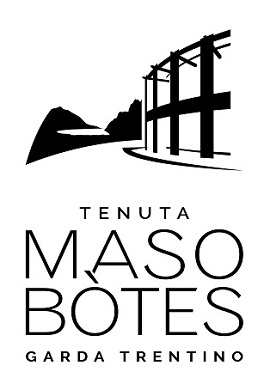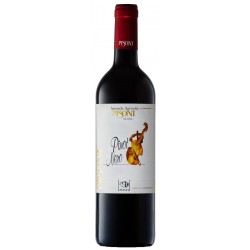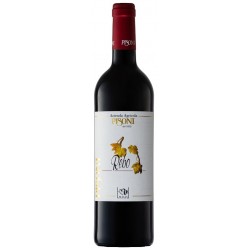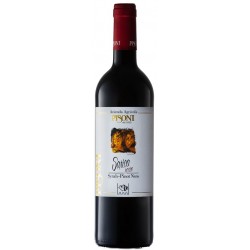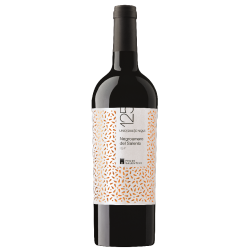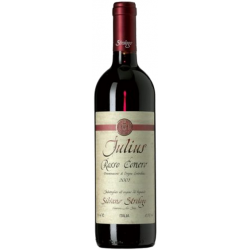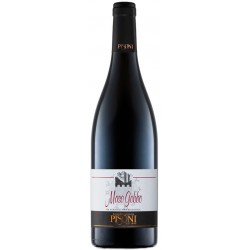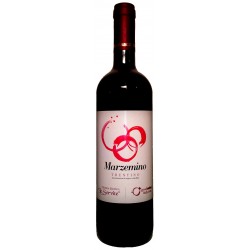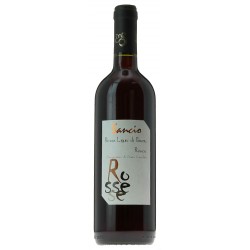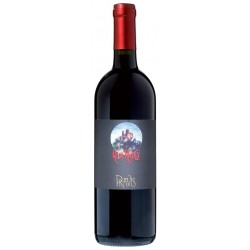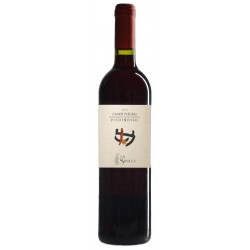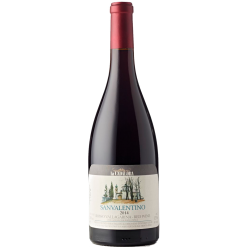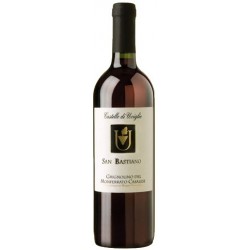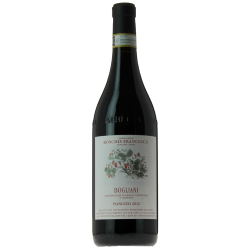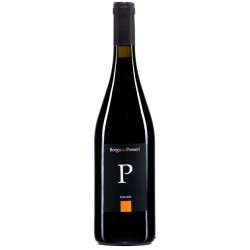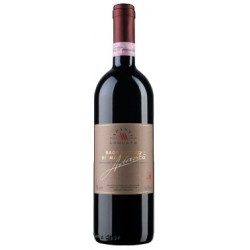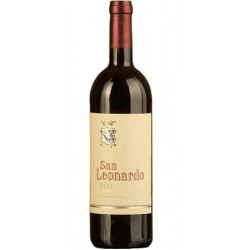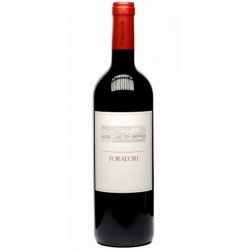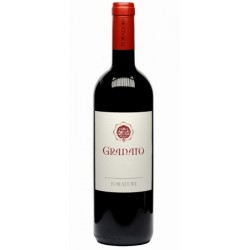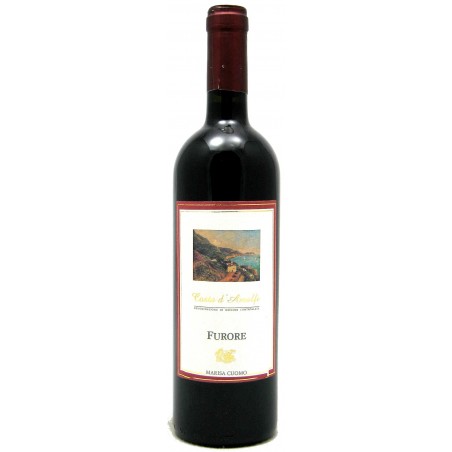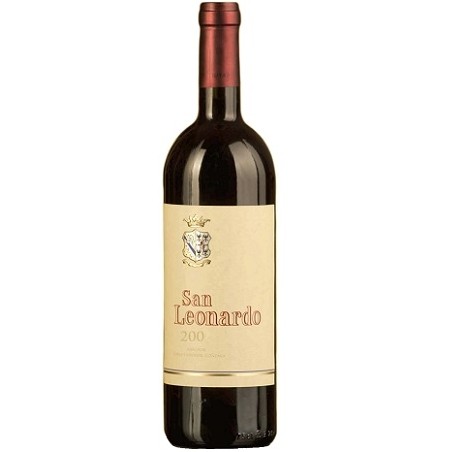No products in the cart.
Furore Rosso, Costa d'Amalfi DOC
Grape varieties:
50% Piedirosso (locally known as per ‘e palummo) and 50% Aglianico
Pinot Nero, Vigneti delle Dolomiti IGT
This extraordinary and precious vine, originally from Burgundy, has been cultivated for centuries by Trentino vine growers who, through careful research, have been able to create a typical variety of excellent quality and low yield.
Pinot Noir and Chardonnay cultivated by the Azienda Agricola Pisoni are also used to produce the well-known Spumante Pisoni, Brut and Reserve.
Rebo, Vigneti delle Dolomiti IGT
This vine was obtained by crossing two typical Trentino varieties: Teroldego (indigenous) and Merlot. Rebo Rigotti, a researcher at the Istituto Agrario di San Michele all’Adige, created this new variety in the early fifties. Until a few years ago Rebo was thought to be a cross between Merlot and Marzemino but now, with new DNA tests, we know it is a combination of Merlot and Teroldego and this is why the wine is rich, full-bodied and perfect for ageing.
Sarica, Rosso, Vigneti delle Dolomiti IGT
This extraordinary and precious vine, originally from Burgundy, has been cultivated for centuries by Trentino vine growers who, through careful research, have been able to create a typical variety of excellent quality and low yield.
Pinot Noir and Chardonnay cultivated by the Azienda Agricola Pisoni are also used to produce the well-known Spumante Pisoni, Brut and Reserve.
Julius, Rosso Conero DOC
The vineyard altitude is 250 m. above sea level. The exposoure is south. The training system is cordon spur. The yield per hectare is 80 Quintals.
Maso Gobbo, Vigneti delle Dolomiti IGT
Exclusive of Azienda Agricola Pisoni this wine takes its name from an agricultural particle situated in the middle of the Lake Valley near Sarca River. This wine is produced with the organic grapes Teroldego, Rebo and Merlot.
WINE PRODUCT WITHOUT THE ADDITION OF SULPHITES
Rebo, Rebo Rigotti, Vigneti delle Dolomiti IGT
We honour the oenological research of Rebo Rigotti, born in our Valle dei Laghi, with this wine made from a genetic hybrid of Merlot and Teroldego.
Sanvalentino, Rosso, Vallagarina IGT
Marzemino was introduced to the Vallagarina during the Venetian domination, sometime before the end of the Fifteenth Century. The people of Santa Margherita have always cultivated Marzemino grapes together with mulberry.
Pianezzo, Dogliani DOCG
Grapes are grown in a number of recently planted vineyards, with soil varying from calcareous to clay;
Exposure and altitude: Exposure varies from Estern to Southeastern and Western, while altitude varies from 400 to 550
Arquatà, Montefalco Sagrantino DOCG
one vineyard in Bevagna (Pg) in Vocabolo Arquata at 250m height, exposure South on clay-calcareous. One vineyard in Montefalco, at 250m height, exposure South-East, on sandy-clay-calcareous soil. Plant density: 5.000 per hectare.
San Leonardo, 2003, Vigneti delle Dolomiti IGT
San Leonardo is the magical heir to a tradition known the world over as Bordeaux blending. Dreams and heritage mingle to bring you a wine that conveys all its land-rooted character and genuine territory-focused appeal.
San Leonardo, 2014, Vigneti delle Dolomiti IGT
San Leonardo is the magical heir to a tradition known the world over as Bordeaux blending. Dreams and heritage mingle to bring you a wine that conveys all its land-rooted character and genuine territory-focused appeal.
Foradori, Teroldego, Vigneti delle Dolomiti IGT
The Campo Rotaliano is a well-demarcated geographical area, a sort of recess of the Adige Valley tucked between the mountains. Its history and origin are closely tied to the Noce River, which, over the centuries, has deposited huge quantities of limestone, granite and porphyry debris.
Granato, Vigneti delle Dolomiti IGT
Grapevines and pomegranates have the same origins and are typical of the Mediterranean region. The pomegranate also has the same charm, beauty and intensity of the grape.
“Granato” is inspired by this ideal blend, an especially concentrated and dense Teroldego
whose roots plunge deep in the stones of three different vineyards of the Campo Rotaliano.

.png)
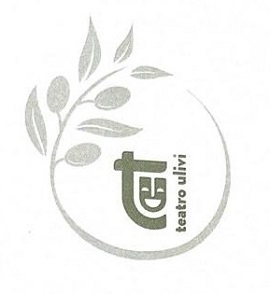

 - Copia.png)

 - Copia.jpg)

